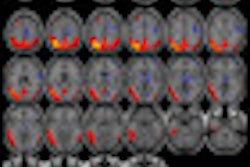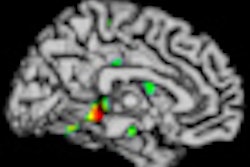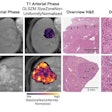Alzheimer's disease and other forms of dementia may spread within nerve networks in the brain by moving directly between connected neurons, according to a study conducted by researchers from the University of California, San Francisco (UCSF), and published March 22 in the journal Neuron.
The finding, based on new MRI research, raises hopes that physicians may be able to use MRI to predict the course of dementia, and that researchers may use these predicted outcomes to determine whether a new treatment is working, UCSF said.
Lead author Dr. William Seeley of UCSF's Memory and Aging Center and colleague Helen Juan Zhou, PhD, found that a nerve region's connectedness to a disease hot spot trumps overall connectedness, spatial proximity, and loss of growth-factor support in predicting its vulnerability to the spread of disease in some of the most common forms of dementia, including Alzheimer's.
Seeley and Zhou tracked and analyzed linkages within nerve networks that the dementias target using a technique called functional connectivity MRI to measure and spatially represent activity in specific regions of key networks in the brains of the healthy subjects, according to UCSF.


.fFmgij6Hin.png?auto=compress%2Cformat&fit=crop&h=100&q=70&w=100)





.fFmgij6Hin.png?auto=compress%2Cformat&fit=crop&h=167&q=70&w=250)











